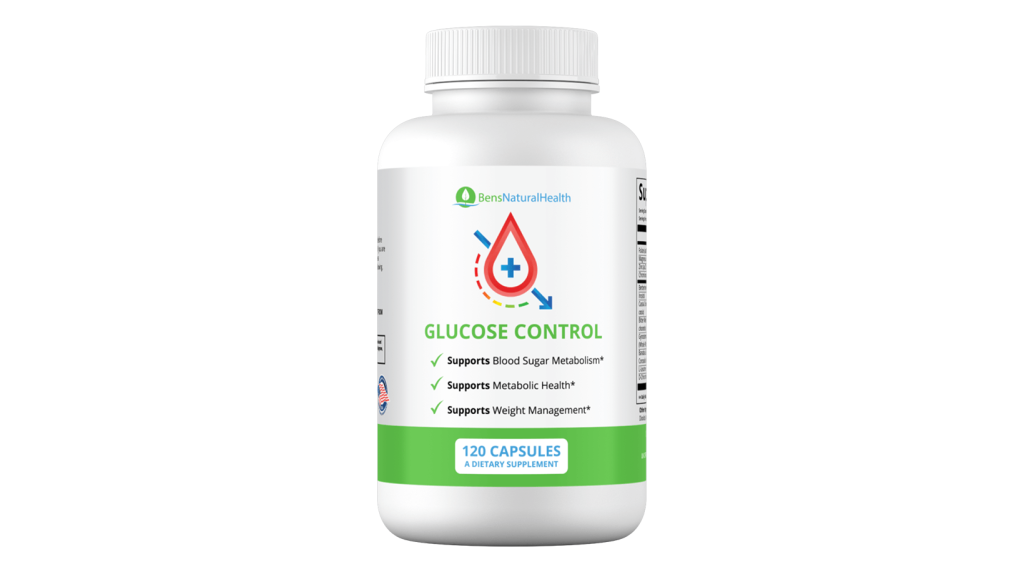Does Ozempic (Semaglutide) make you tired? Is taking type 2 diabetes medications like Ozempic and Semaglutide makes you feel sleepy or exhausted? if so how to deal with this Semaglutide fatigue?
Ozempic, a brand name for Semaglutide, is a relatively new diabetic medication that is also used by some people for weight loss.
If you are using Ozempic or you are seriously considering using it, you might be wondering if Ozempic – like many other diabetic drugs – can make you feel tired.
This article tells you everything you need to know about Ozempic (Semaglutide), its side effects, and how it is related to fatigue. We will also give you some possible alternatives.
How common is Ozempic-related tireness?
During clinical trials, Ozempic was found to cause fatigue in more than 0.4% of people who used the drug. So while fatigue is not all that common, it is one of the possible side effects of Ozempic.
The main reason why Ozempic can make you tired is calorie deficit. Ozempic can cause you to feel full faster.
It can also cause nausea and bloating. As a result, you may eat much less than usual. This reduction in food consumption after taking Ozempic leads to fatigue, feeling sleepy, exhausted and having low energy level in general.
How to combat Ozempic fatigue
If you feel tired while using Ozempic, here are a few things that may help you combat the fatigue:
1) Have a healthy diet
It can take some time for your body to adapt to a sudden drop in the number of calories you consume a day, which may lead to fatigue.
As such, one of the best ways to combat Ozempic fatigue is to ensure that you are eating a healthy diet and giving your body time to adjust.
Your diet while taking Ozempic has to be rich in nutrients such as vitamins and minerals. Low-calorie snacks can also be taken between meals. Also, ensure that you remain hydrated.
2) Be active
While it may be difficult to engage in physical activity when you feel fatigued, regular exercise is one of the best ways to combat Ozempic tiredness.
It is advisable to come up with a routine and start slowly. You can begin by taking a short five-minute walk daily and eventually progress to 30 minutes.
If you are using Ozempic for weight loss, you should also try to engage in heavy exercise at least once weekly for better results.
3) Ensure blood sugar levels are within normal range
As mentioned earlier, one of the possible side effects of Ozempic is low blood sugar. This can cause fatigue and drowsiness.
One of the best ways to ensure that your blood sugar remains within the normal range is to monitor your sugar levels regularly. This is particularly important if you are taking other diabetic medications.
4) Be cautious with alcohol
It is best to avoid alcohol while using Ozempic. Alcohol and Ozempic can have a synergistic effect on your digestive tract.
Taking Ozempic with alcohol increases the risk of low blood sugar levels.
In addition, Ozempic decreases the absorption of several nutrients, such as vitamins and minerals.
Taking alcohol regularly with Ozempic increases the risk of malnutrition and nutritional deficits, which could make you feel tired.
5) Take the recommended dose
Be sure to stick to the dose recommended by your healthcare provider and discuss it with them before adjusting your regimen.
Taking too much Ozempic may lead to more severe side effects. The maximum dose of Ozempic is 2 milligrams weekly. However, if you miss your weekly dose, you can take it in the next 5 days.

Other side effects of Ozempic
Common side effects reported by people who have taken Ozempic include nausea, vomiting, diarrhea, and constipation. Other mild and relatively common side effects of ozempic include
- Tiredness
- Gas and burping
- Dizziness
- A change in taste.
Serious side effects need to be reported immediately to your doctor. They are not common, and they include:
- Kidney failure – Symptoms of kidney failure include confusion, fatigue, a decrease in the volume of your urine, nausea, and swelling of your face and ankles/legs.
- Hypoglycemia – Symptoms of hypoglycemia include confusion, drowsiness, headache, hunger, sweating, irritability, weakness, and a tingling sensation in your hands and feet.
- Pancreatitis – This refers to inflammation of your pancreas. Symptoms of Ozempic-related pancreatitis include fever, back pain, nausea, vomiting, abdominal pain, and swelling in your abdomen.
- Allergic reactions to Ozempic include rashes, itching/swelling, trouble breathing, and severe dizziness.
You need to get medical help if you notice any symptoms of an allergy to the drug.
This above list is not a complete outlay of the possible side effects and if you notice any effects not mentioned above, inform your doctor as soon as possible.
How long do Ozempic’s side effects last?
Generally, most people develop only mild side effects, which are short-term. These usually go away on their own after a few days or weeks.
However, in rare cases, Ozempic may cause some severe side effects that may take longer or may not go away.
Before starting treatment with Ozempic, potential side effects and how long they may last should be discussed with your medical doctor or pharmacist.
Keep in mind that the medication has been prescribed because your doctor thinks the benefits for you outweigh the potential risks.

Alternatives to Ozempic
If you continue to experience fatigue while taking Ozempic and want to try alternatives, there are several options to consider. There are both pharmaceutical and natural alternatives to ozempic that you can use.
Pharmaceutical alternatives
GLP-1 receptor agonists
There are other drugs in this class of medications that can be used as alternatives to Ozempic. They include exenatide (Byetta), extended-release exenatide (Bydurean BCise), dulaglutide (Trulicity), lixisenatide (Adlyxin), and liraglutide (Victoza).
DPP-4 inhibitors
These are oral antidiabetic medications that act similarly to GLP-1 receptor agonists. They help to increase the levels of the GLP-1 receptor.
While they are less effective than GLP-1 receptor agonists, they are easier to take and cause less nausea. They include alogliptin, linagliptin, saxagliptin, and sitagliptin.
Sulfonylureas
These are oral medications that stimulate the release of insulin. The advantage of sulfonylureas is they are taken orally.
Their major downside is they have a greater risk of causing hypoglycemia (low blood sugar) when compared to Ozempic. Some sulfonylureas include glyburide, glipizide, and glimepiride.

Natural alternatives
Berberine
Berberine is a naturally occurring compound that can be found in some plants like tree turmeric, Oregon grape, goldenseal, goldthread Phellodendron, and European barberry.
Some studies indicate that it can be beneficial in managing high blood sugar and insulin resistance. Berberine can be taken in supplement form up to 1.5 grams daily.
Magnesium
Magnesium’s relationship with blood sugar has been extensively studied. Studies have shown that using magnesium supplements may help lower blood sugar levels by improving insulin sensitivity.
Aloe vera
Aloe vera gel is another natural alternative that may help to reduce blood sugar levels. At the moment, the scientific evidence on its use in diabetes is not conclusive. However, studies show some positive results.
For instance, a 2015 systematic review showed that aloe vera may help improve cholesterol levels, lower blood sugar levels, decrease weight and combat insulin resistance in people with prediabetes.
Ben’s Glucose Control
Glucose Control, one of the leading supplements for type 2 diabetes, contains clinically proven, natural ingredients to reverse type 2 diabetes and help stabilize and maintain an optimal blood sugar level.

Clinically formulated, Glucose Control works to regenerate your pancreas, aid weight loss, alleviate diabetic symptoms, prevent oxidative damage and prevent the progression of diabetes.
Ben’s Daily Energy
Daily Energy is a leading vitamin B complex supplement. It contains ten natural, clinically proven ingredients to help naturally increase energy and vitality, strength and balance, and improve your memory and focus.

Clinically formulated, Daily Energy can help your body increase your slow cognitive and clinical decline rate, and improve blood flow.
Does Ozempic give you energy?
Simply put, Ozempic is not a stimulant and does not, by any mechanism, result in increased energy levels. Its primary effects are directed toward reducing blood sugar levels, and this potentially leads to fatigue as one of its side effects.
Conclusion
Ozempic is an injectable diabetic medication used to treat type 2 diabetes. For some people, Ozempic can make you feel tired, which is mainly due to its ability to cause a calorie deficit.
Ozempic tiredness can be combated by having a good diet, staying active, and maintaining sugar levels within the normal range.
If fatigue proves intolerable, some alternatives to consider are other GLP-1 receptor agonists, sulfonylureas, and DPP-4 inhibitors. There are also natural remedies like aloe vera, berberine, and magnesium supplementation.
Explore More







